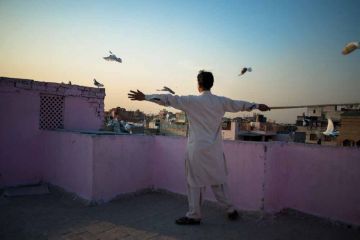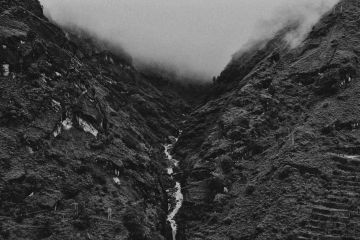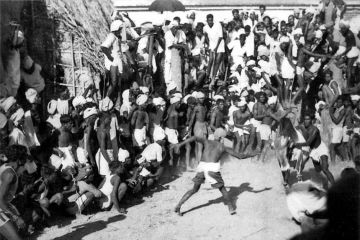The Bengali term for carrier is bahak. No load seems too heavy or too large to be
manhandled through the narrow, crowded streets of Kolkata. Whether their
burdens are carried on their heads, or on a yoke over their shoulders, on two-
or three-wheelers or on a hand-drawn rickshaw, all manner of goods and
essentials—furniture, building materials, groceries, books and coal—are all
humped, hauled or carted as they are shifted from one place to another in ways
that are at times quite r





